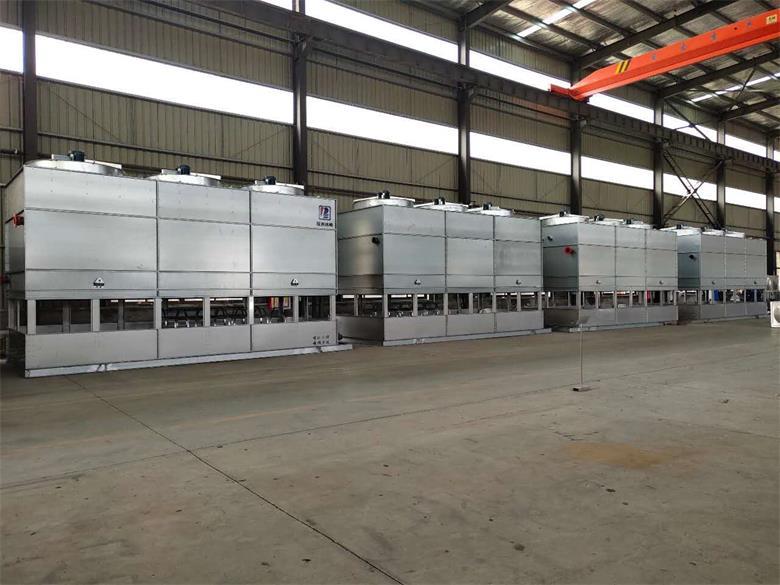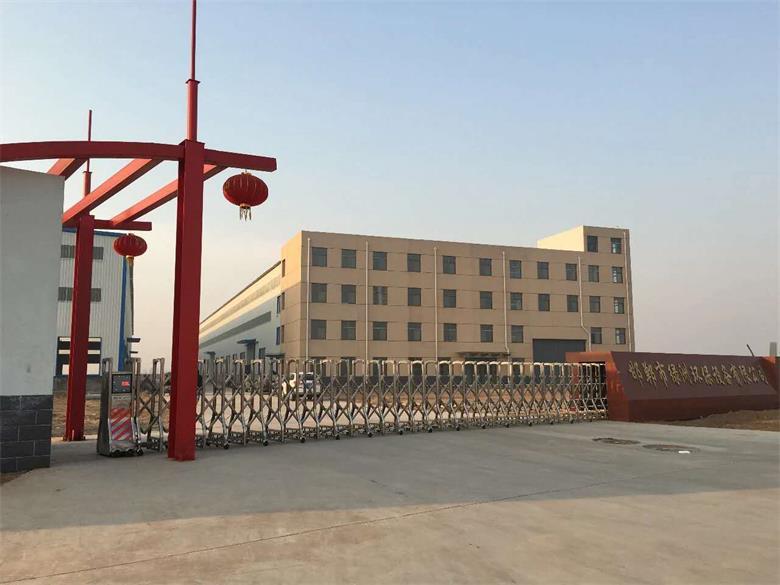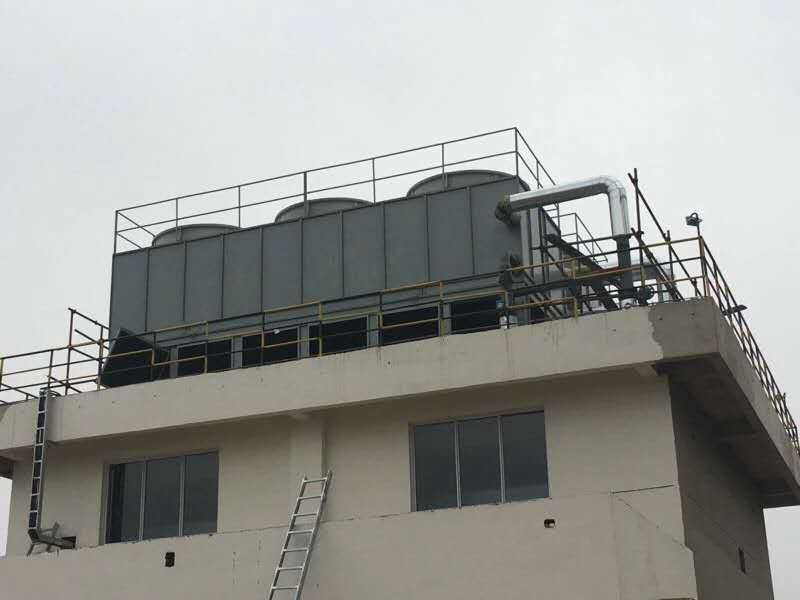11
2024
-
07
What are the differences between closed-circuit cooling towers and open-circuit towers!
By spraying recirculating water in a mist-like manner onto the PVC packing, heat exchange is achieved through direct contact between the water and air. Then, a fan drives airflow circulation within the tower, carrying away the hot air that has been cooled by the water—thus completing the cooling process. While this cooling method requires relatively low initial investment, it comes with higher operational costs, including water consumption and electricity usage.
Let's explore the differences and advantages/disadvantages of closed-circuit cooling towers versus open-circuit cooling towers.
1. The Cooling Principle of Open-Loop Cooling Towers
By spraying recirculating water in a mist-like manner onto the PVC packing, heat exchange is achieved through direct contact between the water and air. Then, a fan drives airflow circulation within the tower, carrying away the hot air that has been cooled by the water—thus completing the cooling process. While this cooling method requires relatively low initial investment, it comes with higher operational costs (due to water and electricity consumption).

2. The Cooling Principle of Closed-Loop Cooling Towers
Simply put, there are two loops: an inner loop and an outer loop. There’s no packing material—instead, the main core component is a tube-and-fin cooler.
① Internal circulation: Connected to production process equipment, forming a closed-loop system (with the cooling medium flowing inside the tubes), allowing heat to be efficiently removed.
②External circulation: In the cooling tower, this process cools the cooling tower's surface cooler. It does not come into direct contact with the internal circulating water; instead, heat exchange and dissipation occur solely through the tube-and-fin surface coolers inside the cooling tower.
Under this cooling method, the operation and shutdown of the fan and spray pump are automatically controlled based on the water temperature setting.
③ When the ambient temperature is very low in winter, only an internal circulation is needed—air is directly cooled and lowered in temperature, effectively functioning like an air cooler.

3. Closed Cooling Tower and Intermediate Plate Heat Exchanger
① Before closed-circuit cooling towers became common, a plate heat exchanger was typically used in the middle of a dual-water system—this system featured two separate water loops with an open-loop cooling tower at the end.
② Closed-loop cooling towers are increasingly favored as people gain deeper awareness and understanding of their benefits.
③ Comparing the two methods, Method ① features a complex system design, requiring the addition of circulating pumps and heat exchangers, which leads to higher initial system investment. Moreover, the inclusion of an intermediate heat exchanger reduces overall heat exchange efficiency, resulting in increased operational costs. Additionally, this method demands a significantly larger footprint compared to Method ②.


Scan the official QR code above to get more interesting facts and helpful tips!
Pre-sales, after-sales, and maintenance—everything from purchasing to service details—is available for you to explore through our official WeChat account. We look forward to your visit!
Address: No. 1 Xingfu Road, Feixiang Economic and Technological Development Zone, Handan City, Hebei Province
Sales hotline: 0310-3178005 400-0310-652
We sincerely welcome your call!
Handan Oasis Environmental Equipment Co., Ltd. looks forward to collaborating with you!
Previous Page
Next Page
Previous Page
Next Page



